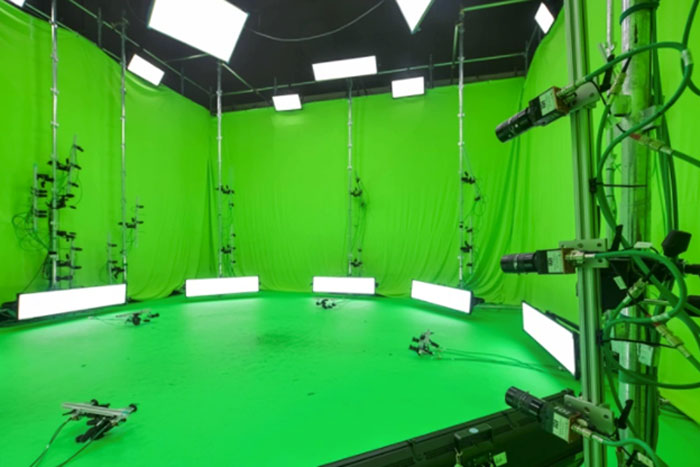Transforming metaverse into the real world
The metaverse will not be a place where avatars and computer graphics are all that matter. Technology is being developed to bridge this gap between the analog and digital worlds we'll soon be interfacing.
As a note, a metaverse is a virtual place where people can interact and meet one another. There won't be one. There will be many metaverses.
The main focus right now is on technology in gaming industry. Eventually, there will be metaverses that allow us to work, meet, participate in live events, and even watch sporting competitions and concerts.
How will the metaverse represent us?
Currently, in the metaverse, the only way to interact is through an avatar - An avatar is a computer-generated character with unique capabilities and characteristics.
As the space matures, metaverses may be able to support holographic images taken from the real world. An avatar can be a holographic representation of us, just like we look in real life.
One company is determined to make this happen - named 8i. This company has been a favorite of ours for many years. 8i has developed technology to capture 3D real life and transform it into holographic images.
The process begins with a studio equipped with high-definition cameras and computer vision technology. Here's an example:

As you can see, the cameras can capture video and movement from any angle. This is necessary to create a 3D holographic image.
8i then applies these videos to machine learning (ML), a type of artificial intelligence (AI). This allows the video to be converted into a holographic image within milliseconds. It is almost instantaneous.
There are significant implications in this: Holographic images can create a holographically virtual avatar that looks and moves exactly like us. This way, people can see us the same way when we're in a metaverse space. In a metaverse, we would control our avatars in much the same way as with any videogame.
Gamers could even use their holographic avatars in popular games such as Fortnite. Instead of playing as a fictional characters, we can play as ourselves.
Another use of this technology is to broadcast live talks or performances in holographic format. 8i's technology converts video in real-time to stream ourselves into a metaverse to host meetings, presentations, or concerts.
Think about well-known people, for example. They have to travel to attend presentations or concerts to perform at events. With holographic technology, they can perform in front of several thousand or millions of people simultaneously around the globe.
These well-known people can broadcast their performances live from their studio using 8i's technology. The broadcast could also be sent live to any venue that has an audience. This would allow for the same event to be held in multiple locations.
The broadcast could also be sent to multiple metaverse(s), where attendees could attend with their digital avatars. This goes beyond any physical location.
Popular "live" performances can suddenly reach millions or even billions simultaneously. This is a powerful idea. This technology is not limited to commercial applications. It is also available to consumers at large.
Soon, we will be able to "beam" or beam ourselves into any physical or virtual location at any moment. It could be used to "teleport" us into our quarterly meeting at corporate headquarters, all from our own home. We could also use it to join old friends at happy hour - even though we don't live in that same city.
We could also use this technology to beam in our family reunion even if we cannot travel physically. This will be far better than a Skype or Zoom call.
The bottom line, holographic imaging technology will continue to be a big trend in the metaverse as it matures and grows. 8i is leading the way in making this a reality. Let's add this company as an early-stage target.